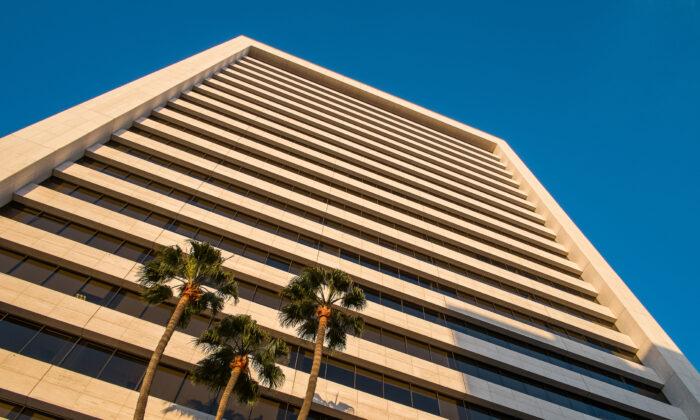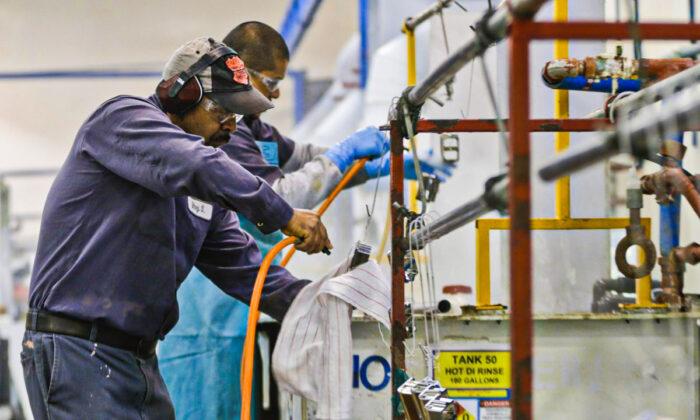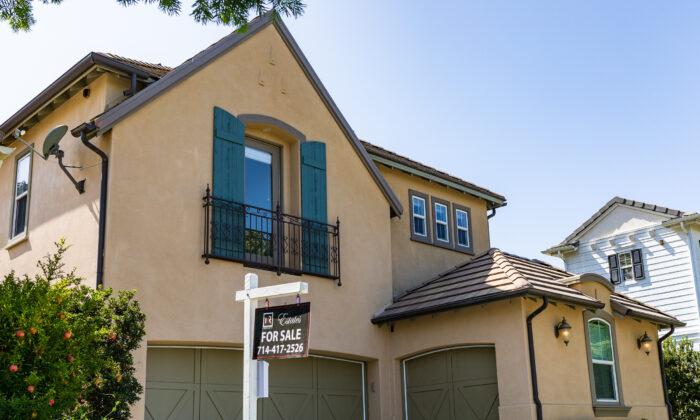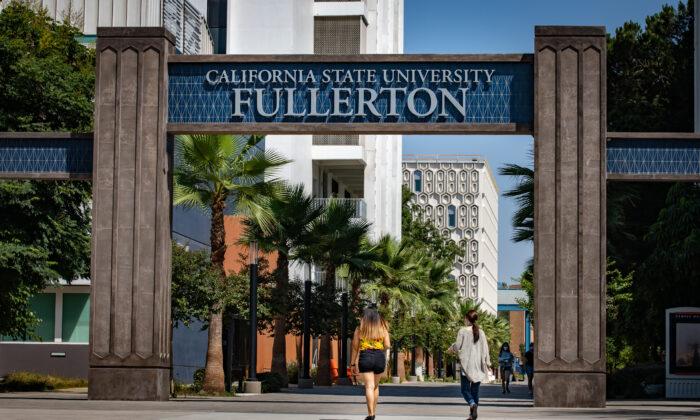Los Angeles-area office building landlords could be the only ones in the country increasing rent during the ongoing pandemic.
Rental rates in the city were up 1.2 percent year-over-year, according to Colliers’s fourth-quarter 2020 office market snapshot. (Los Angeles landlords charged an average of $49.55 per square foot during fourth-quarter 2020, compared with $48.95 per square foot the year prior.)
Conversely, the San Francisco Bay Area’s office rents plummeted 22.4 percent year-over-year.
Office rents in the northern California region are now less than those in Manhattan, where asking rents fell 5.8 percent year-over-year.
According to the Colliers report, rental rates averaged $72.13 per square foot per year in the San Francisco Bay Area during fourth-quarter 2020, versus $74.39 per square foot per year in Manhattan.
When averaging office rents in Los Angeles, Colliers considered office property in Downtown Los Angeles, West Los Angeles, and the “Tri-City Area” (Pasadena, Glendale, and Burbank).
The San Francisco Bay Area includes the city’s financial district, the office property south of Market Street, and key office property markets in nearby Silicon Valley.
Even though landlords in Los Angeles might have increased their asking rents, they own properties in one of the country’s weakest large office property markets, from their perspective.
During fourth-quarter 2020, office vacancies were 16 percent (up from 14.2 percent year-over-year). Landlords could have been wise to wait out the pandemic, but they will likely start competing on price in this tenant’s market.
This is especially true given the large construction still underway in West Los Angeles.
San Francisco Bay Area landlords may be doing better collecting rent from master tenants, but it will likely be difficult for them to be leasing out additional square footage until a massive amount of office space being offered by tenants for sub-lease gets absorbed.
In percentage terms, the Colliers report shows that more office space is available in the San Francisco Bay Area for sub-lease than in any other major office market in the U.S.
About 8.5 percent of all office space in the San Francisco Bay Area is available from master tenants for sub-lease. The national average of sub-lease space available is 2.3 percent.
This is important not only because about 18 percent of all office space is empty (vacant plus available for sub-lease) but also because master tenants are offering their space for sub-lease at a nine percent discount versus what owner landlords are asking. Many potential tenants will obviously take the lower rent from a master tenant rather than moving into their own space.
In Los Angeles, where 16 percent of all office space is vacant, only an additional 2.5 percent of office space is available for sub-lease.
However, master tenants in Los Angeles are willing to share their space with sub-tenants for a whopping 39 percent discount from what landlords are asking directly to potential tenants.
This is another indicator that landlords in Los Angeles may have to reduce their asking rents going forward to attract tenants into their vacant space.






Friends Read Free